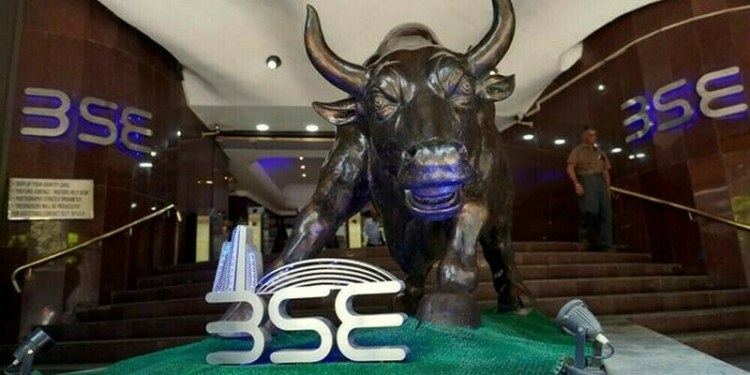By Swati Pandey and Vatsal Srivastava
SYDNEY/SINGAPORE (Reuters) – New Zealand’s central bank held interest rates on Thursday after the Federal Reserve delivered another widely anticipated hike, but trade deficit-laden Indonesia and the Philippines are expected to at least match the United States later in the day.
In a statement that marked the end of the era of “accommodative” monetary policy, Fed policymakers lifted the rates by 25 basis points (bps) to 2.00-2.25 percent. The U.S. central bank foresees another hike in December, three more next year, and one in 2020.
But for the stronger Asian economies, which are increasingly gravitating towards China on trade and investment, and away from the United States, the Fed outlook does not move the needle as much as it did during its previous tightening cycles.
South Korea’s central bank Governor Lee Ju-yeol said the Sino-U.S. trade conflict, as well as weakness in inflation and the job market weighed against policy tightening. Later on Thursday, Taiwan is also widely expected to leave rates unchanged at 1.375 percent.
“For many Asian economies, it will be domestic rather than external factors that drive their monetary policy,” said Krystal Tan, Asia economist at Capital Economics.
More fragile economies, however, cannot afford that luxury as their trade deficits expose them to portfolio outflows. They need to offer investors a hefty premium over U.S. rates to keep them on site and curb currency pressures.
Bangko Sentral ng Pilipinas (BSP) is seen hiking rates by 50 bps to 4.50 percent later on Thursday to curb inflation and shore up the fragile peso, adding to the three hikes worth 100 bps since May.
In August, inflation surged to a more than nine-year high of 6.4 percent, above the central bank’s 2-4 percent comfort range, prompting policymakers to say they will take “strong immediate action.”
Around the same time as the BSP, Bank Indonesia is seen adding 25 bps to its four previous hikes this year, bringing rates to 5.75 percent, or 150 bps higher since May.
The peso
Asia’s worst performing currency, the rupee
“This (Fed) tightening will likely prove too much for the rest of the world,” said Anna Stupnytska, global economist at Fidelity International.
“Emerging market economies, in particular, have already been facing tighter financial conditions this year, which have resurfaced some vulnerabilities as capital flows started reversing.”
(For a graphic on ‘Asian economic outlook’ click https://tmsnrt.rs/2OaS544)
LESS SYNCHRONIZED
Earlier in the day, the Reserve Bank of New Zealand kept rates at 1.75 percent, where they have been for the past two years, citing tepid inflation and the risk of a trade war.
Like most economies in Asia, New Zealand is now much more closely integrated with China than with the United States.
Worries that China’s economy is slowing and will further suffer from an intensifying trade row with Washington are therefore more relevant for most Asian economies’ interest rate outlook than the strength of the U.S. economy.
New Zealand now trades about twice as much with China than it does with the United States, a consequence of Beijing’s staggering growth over the last two decades.
When Lehman Brothers collapsed in 2008, triggering the global financial crisis, New Zealand traded with the United States 1.35 times more than with China. Just before Beijing joined the World Trade Organization in 2001, that ratio was 4.25 times in Washington’s favor.
(For a graphic on ‘New Zealand’s trade with China and the United States’ click https://reut.rs/2N2HTGn)
Despite the trade risks and slowing consumption, China is still seen growing at an impressive rate of around 6.5 percent this year. For Asian emerging markets, this is an advantage that they have over peers in Latin America and elsewhere.
That, coupled with less worrying current account deficits and stronger economic prospects, is likely to help Asia avoid the kind of tumult that has seen Argentina hike rates to 60 percent and Turkey to 24 percent this year.
“China’s economic outlook matters more than the U.S.,” said Mark Wills, who develops multi-asset strategies for institutional clients at State Street Global Advisors.
“It’s far from being a curse. If you were to plot China’s credit growth against Asian emerging market GDP or even Australian GDP it’s virtually a perfect correlation.”
Source: Investing.com


























